|
By Manuel Players: 1 Platforms: Nintendo Switch Games based on popular anime franchises have always been popular, but my favorites are the ones that mix in genres that feel relevant to the source material. Too often developers go the simple route of visual novels, but I want more gameplay. From RPGs to metroidvanias to resource management sims, I love it when licensed games try something that feels different. Goblin Slayer -Another Adventurer- Nightmare Feast (Which I'm going to refer to as simply "Nightmare Feast" from now on.) falls into that category, as it's a strategy RPG that takes place within the popular Goblin Slayer franchise. It saw a Japanese release on the Nintendo Switch earlier this year, and it's out now in the US by way of publisher Red Art Games. I'm admittedly new to the series, but I do enjoy these types of games and wanted to try it out as soon as I learned of it. This is going to be a long one, so let's dive right in! As I said earlier, I knew very little about the Goblin Slayer franchise before I picked up this title, but I was at least aware of what the main characters from the anime looked like. I was surprised to find that no familiar faces made up the main cast, at least not at first. Add to this the fact that none of the characters have actual names, and I was thrown for a loop early on as far as getting into the story goes. Things did sort themselves out, but it was a rough start for someone totally new. I am a bit more aware of the franchise at large now, but I'll admit that I still don't know too much about its specifics. I mention this all mostly so I'll be forgiven me if I say anything odd, or if I get some lore references wrong. Nightmare Feast places you into the role of the Guild Master who has arrived to get the local Adventurer's Guild in order following the untimely death of her father. Her first mission involves her investigating a goblin sighting near a seemingly abandoned castle, but it turns out that it is indeed occupied. Said occupant is a vampire who the game only refers to as the Blood Princess. The pair form an uneasy truce, take out the invading goblins, and return back to the Adventurer's Guild. Along with the Squire, they eventually form a new party of heroes. They are soon joined by a wandering adventurer named Conan, and a Polar Bear Priest. This group then goes on a series of quests that slowly unravels the secrets of what the Guild Master's father was working on before his death; they also have to deal with an ever-increasing goblin presence. The latter issue proves to be a bit too much for our newly formed party, and they decide to contact the titular Goblin Slayer for help. Not only does he show up, but he arrives with his own party of adventurers too. The plot expands from there, but it would probably go into spoiler territory to explain details further. Suffice it to say that this is a mostly original tale that still manages to feature many characters from the popular anime. Whether or not this will please fans is probably something that would have to be determined person-to-person, but I found the story to be rather engaging once I settled into it. We'll circle back around to the story later on in the review, but let's move on to discussing gameplay first. Nightmare Feast is a Strategy RPG in the vein of the Fire Emblem series, but with plenty of quirks unique to itself. I single out the Fire Emblem series in particular as the game features larger battles that aren't seen in genre entries like Final Fantasy Tactics or Tactics Ogre. Though some side quests make use of smaller parties, many of the main story missions let you bring in a party of up to ten adventurers. Each character belongs to a specific class, complete with their own skillsets and equipment, but these classes are locked to the character they belong to. In short, this means that there isn't the ability to jump from class to class here. This system might make sense for the main party members, but you also get generic recruits that make up the thieves, mages, and berserkers, but they're locked to their starting profession too. This may seem like a way to make each character unique, but it actually means that you end up with a very bloated party where each character represents an entire class. Another problem I noticed early on is that no character has a class that is named outright. You instead have to figure out what their class is by way of their names. Instead of actual names, each of them are called things like "Wise Friend", "Gemstone Lover", "Generous Scales", "Determined Voyage", and so on. I'm not exaggerating one bit when I say that I still don't know what those terms have to do with their classes, nor what class some of them are even supposed to be in. More often than not you have to check out their stats and equipment to get an idea, and even then it can be unclear. I didn't want to start with a negative so early on, but this really hinders early gameplay. Eventually you'll either amass a set of ready to use heroes, or simply go with the big names the game gives you, but early on you'll constantly be wondering why the game didn't just give them names like "Archer", "Wizard", or anything that would make sense to the casual player. Or better yet, give the player the option of renaming them as they see fit. If Fire Emblem games have made moves to make their gameplay appeal to those who might otherwise like the genre, then Nightmare Feast sort of goes in the opposite direction. Even though this is a tactics game, you can't play it as you would most others. Each enemy group tends to be just as powerful, if not more so, than the player characters. They have skills and spells that can easily harm large groups of adventurer, and they can also be total damage sponges. It reminds me a lot of playing against actual human opponents in Final Fantasy Tactics Advance, but on a much larger scale. Thankfully enemies will never gang up you, and will only advance if you go into their threat range. This means that you won't be heading into TPK territory, but it also means that many battles feel weirdly one-sided. Most encounters involve baiting enemies in a way where your party can then gang up on them, or to lead them towards a pre-set trap. That's the other thing Nightmare Feast does differently to, as it lets you place barricades to funnel the enemy in a certain way, or damage-dealing items like bear traps to get in some cheap hits. These do a decent job of changing up the standard tactics formula, but I'd be lying if I said I made much use of them during my time with the game. The enemy can also make use of traps too, so it's a mixed bag all around. If all this wasn't bad enough, difficulty spikes in battles can easily bring about the deaths of a party member or two, with most battle ending if the Guild Master or Goblin Slayer are defeated. This generally means that you'll mainly be fighting a defensive battle against enemies that seem to be your equal in every way. You could spend lots of time power levelling so you step over them easily, but considering how slow-paced the combat is, that isn't ideal either. Though the gameplay is most definitely engaging and tactical most of the time, I can't help but feel that it might alienate fans and non-fans alike at times, and that's a problem for a game as niche as this one is. Each chapter of Nightmare Feast has several battles one can take part in. There are training battles, side quests, and story quests, with most chapters having an additional plot thread that plays out via the side quests. Beating a set number of the non-story missions then opens up the main battle, and beating that one ends the chapter. Also similar to Fire Emblem (Just have to keep bringing it up!) the item and weapon shops have limited stock that only increases as the chapters advance. This is most likely done in an attempt to keep the player from advancing too far too early, but it does also mean that most resources come in permanently limited amounts. You're technically only able to use so many consumable items like healing potions before you exhaust the game's supply, but that's probably less important once you realize that you can only bring in a limited amount of items into a battle in the first place. Buying new equipment is what you'd expect, except that you can also augment most weapons and armor with additional upgrades. These upgrades can raise stats, but typically add an elemental affinity to an item. Besides equipping new weapons, armor, and accessories, each character levels up in a standard way. Outside of levels, each character also has an adventurer's rank. These ranks grant new spells and skills to a character, and you have to pay money in order to advance to the next rank once you hit the level threshold. This makes sense in the grand scheme of things, but I did find it odd that you also have to pay money to permanently recruit the nameless characters I mentioned earlier. What makes that particular system strange is that you can keep using them in battle anyway without pay, so I never really understood why the game wanted to grab a bit more of that in-game money. At the very least this part of the gameplay is rather easy to understand, if made a bit clunky thanks to how the menu layout. Even though I mostly enjoyed Nightmare Feast for both its gameplay and story, there are bits of both that I have to say took away from the overall experience. My first problem with the game is the sheer hours of story scenes the game throws at you at all times. I wouldn't be surprised to learn that this game began life as a visual novel that had slight RPG mechanics added in, and those eventually ballooned into what we have here. The amount of visual novel elements feels too great for anything else to be the case. I'm not one to scoff at too much reading, but it was not what I was expecting when playing a game of this genre. It's not even that it's too wordy particularly, it's that the game's dialogue is mainly full of fluff and pointless nonsense. Add to this the fact that no one has names, and that there are tons of typos and translation errors, and you get a story that drags far more than it should. Then there are the issues with the gameplay. Besides the difficulty spikes and quirks in the inventory system, the core gameplay suffers from the same slow pace the plot does. Even though enemies moving en masse would mean a quick game over, the fact that they only move when you get close to them means that many battles go on for well over a dozen turns. Limited skill and magic points also make it so that you won't be able to always use the flashiest of attacks, and then there's the disparity between the characters' abilities as a whole. I know it makes sense that characters like the Guild Master and the Goblin Slayer would be more powerful than the nameless recruits, but it makes creating a balanced party feel janky. There are clearly favorites as far as stat and skill distribution go, so it makes one wonder why the game didn't just focus on a smaller cast of usable character. Strangely, these characters dying in battle typically results in a loss, so you can't even use them as freely as you might like. It all makes for some unbalanced gameplay, and that's honestly the biggest problem with the game in general. I still found the gameplay to work for the most part, I just think the game could've done with a lot more testing prior to its release. Fans of the Goblin Slayer anime will have lots to look forward to here as far as presentation goes, as Nightmare Feast's visuals look like they stepped right out of the anime. Yes I know this is a series that started as light novels, but you know what I mean. I personally don't care too much for the character designs displayed here, but that's a matter of personal preference. That bit aside, I can at least say that they match up perfectly with what can be found in the rest of the franchise. There are lots of characters to keep track of, but that's made easier since they pretty much all have very unique designs. That carries over to the enemies, though I did find all the repeat goblin enemies to be rather boring after a while. Elsewhere backgrounds look great during the visual novel-style cutscenes, and the attention to detail found in them also carries over the battle zones as well. Actually, the battle areas feel almost a bit too overly detailed at times, and I often wished they were made smaller and/or simpler. The only real negative I have is that spell and ability animations look very basic, almost like a game coming from the 32-bit era. We barely get anything special when you pull off a powerful move, and most of the flashy effects are recycled over and over again between different spells and skills. With that said, I can at least say that this game runs perfectly fine on the Nintendo Switch, and I never noticed anything in terms of slowdown even when there was a lot going on. I guess that makes sense considering the game was developed with the console in mind, but it's worth mentioning nevertheless. In short, while the visuals may not have achieved total perfection, I think they came pretty close. As far as audio goes, it's another part of Nightmare Feast that I feel is executed to near perfection. The soundtrack may not stand out much as far as JRPG soundtracks go, but the music is definitely far above average. Most themes kind of come and go, but there isn't a bad track in the bunch. I would've preferred an extra vocal track or two to put over the anime vibes a bit more, but that may be asking for a bit much. I may not be running out to pick up this game's music as a standalone release, but I can't think of anything truly negative to say about it either. Not only do we get a great soundtrack, but we also get full voice acting for just about every character. The anime cast do reprise their roles as expected, and we also get plenty of big names for the characters introduced here. Not only are the performances all top notch, but they also help breathe life into the sometimes thin characters. I know I've mentioned this several times already, but it's hard to like a character that has no name, and the voice acting helps take the edge off of that at least a little bit. I guess I should mention that there is no English dub, but I for one never really care for such things anyway. It's not that I have a favored side on the sub vs. dub debate, but it's not like there's even the subtitle issue here since much of the game is told via text no matter how you look at it. Also, it just wouldn't make sense to dub a game like this that has hours and hours of dialogue when it's clearly a niche release. You'd be forgiven for thinking that Nightmare Feast is going to offer a long gameplay experience since it doesn't seem to mind meandering a bit as far as plot and gameplay go. Shockingly, the game only gives the player ten main chapters, and they can all be completed in about 20-25 hours. Your mileage may vary depending on how you level up your party and progress through the main and side missions, but there's no denying that it's a bit on the short side. The pace of the plot does pick up after Chapter 4, but the first five hours feel like a long tutorial that just never seems to end. Part of me was sad that the game didn't quite hold up against other games in the genre as far as content goes, but I also had to admit that I was glad that it didn't overstay its welcome. I more than likely would've given up on the game if it didn't move itself quickly towards the end, and I only stuck it out because I saw the goal on the horizon right when thoughts of throwing in the towel started to pop up. With that in mind, I think that its current $39.99 asking price is more than fair. That price point reflects the overall level of quality one gets here, while still being budget-friendly enough that you won't feel cheated when you hit the credits after a weekend marathon session. I also think the game will be getting DLC in the future, as I seem to recall some mention of such in an early press release, but there isn't any at the time of writing. I only mention that in the hopes that there may be more story content in store for fans down the road. Even though I had a lot of fun with Goblin Slayer -Another Adventurer- Nightmare Feast, I don't know if I can give it a full general recommendation. It's definitely a must-play for fans of the genre, fans of the Goblin Slayer franchise, or even of JRPGs in general, but it isn't a good game that I think is very casual-friendly. The non-standard way battles play out, as well as the difficulty spikes and focus on visual novel elements, mean that this one will always stay within its own niche. It's a great game overall, but it's not one that's overly welcoming to outsiders. I still say pick it up if you're at all interested though, as there is plenty of fun to be had here, as long as you're willing to deal with the issues I've mentioned above. Now that I'm done with this review, I guess it's time to go watch the anime. Surely it won't shock me more than this game did. Right? See you in the next one! Check Out Goblin Slayer -Another Adventurer- Nightmare Feast on Nintendo Switch: https://www.nintendo.com/us/store/products/goblin-slayer-another-adventurer-nightmare-feast-switch/ Story: A Gameplay: B Graphics: B Music/Sound: A Value: A Overall: A- Pros: + A unique SRPG that doesn't go the easy visual novel route many anime licensed games go. + Thanks to it featuring a mostly original cast, it's fairly easy for those new to the franchise to jump in. + Gameplay elements like the use of traps keeps the game feeling unique. + Though challenging no matter what difficulty you pick, there is a mode that focuses more on story. + Features a great soundtrack, and even better voice acting. + Offers a great amount of content for its current asking price. + There's a character named Conan in here, and there's a Gary Gygax reference. Oh, and the plot involves a Hellraiser-like box. That's all just too cool. Cons: - The plot can move very slowly at times, and the lack of character names makes it hard to become invested early on. - Gameplay balance feels all over the place at times, and difficulty spikes can often put a damper on the fun. - Surprisingly short for the genre, and that's not helped by the overall slower pace of both the story and gameplay. - There are plenty of typos, untranslated text, and minor bugs scattered throughout the game. - The characters you expect to show up, namely the Goblin Slayer and his party, don't do so until several hours in. - The general adventurer names really suck. I mean what is "Determined Voyage" supposed to mean? A copy of this game was provided to us free-of-charge by the publisher for the purpose of this review. This did not affect our review in any way. #GoblinSlayerAANF
0 Comments
Leave a Reply. |
Search
Contributors◆ Angie
◆ Emily ◆ J.D. ◆ Janette ◆ JT ◆ Manuel ◆ Nestor ◆ Rose ◆ Sylvia ◆ Teepu ◆ Tiffany ◆ Winfield Archives
June 2025
|
© 2014-2025 A-to-J Connections. All Rights Reserved.

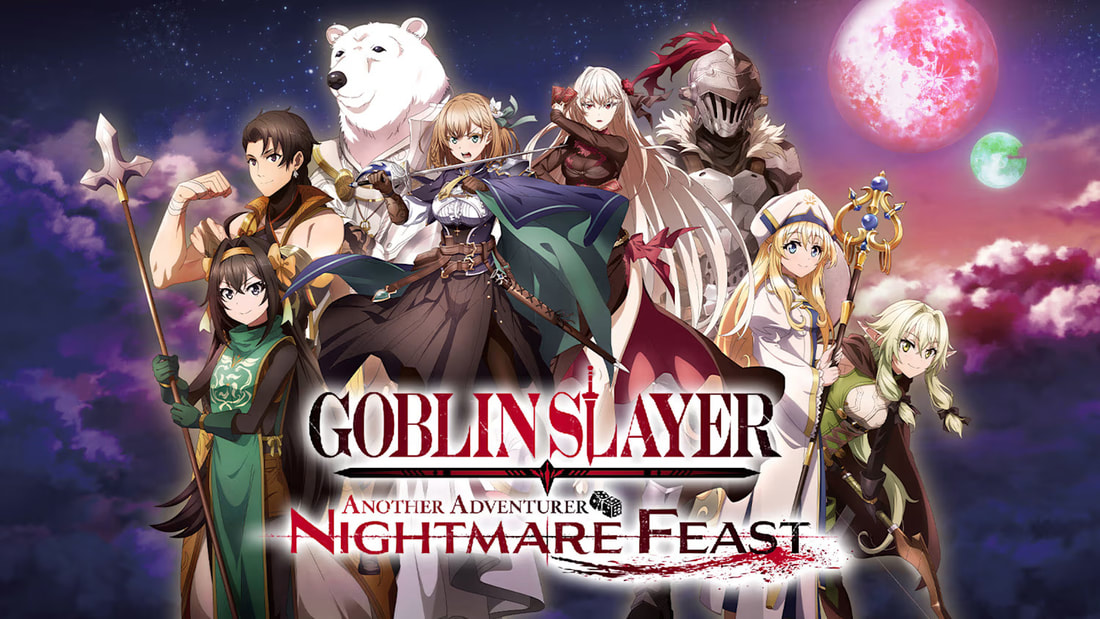

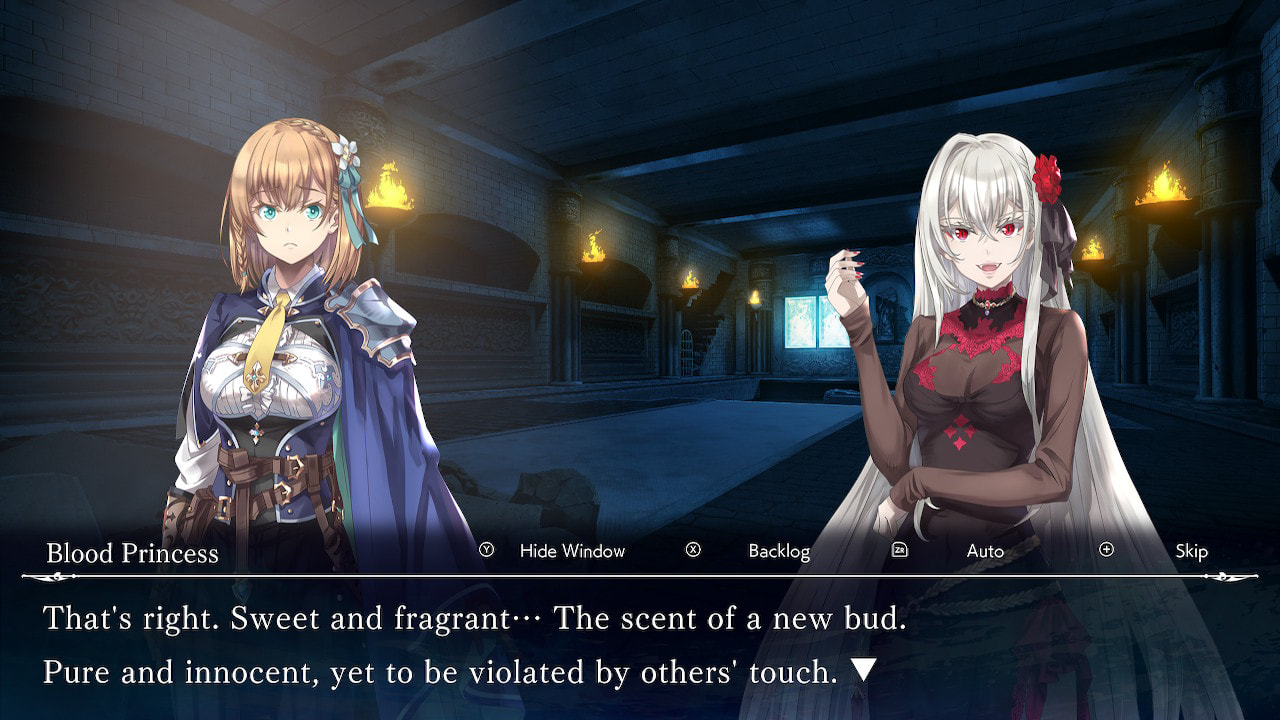
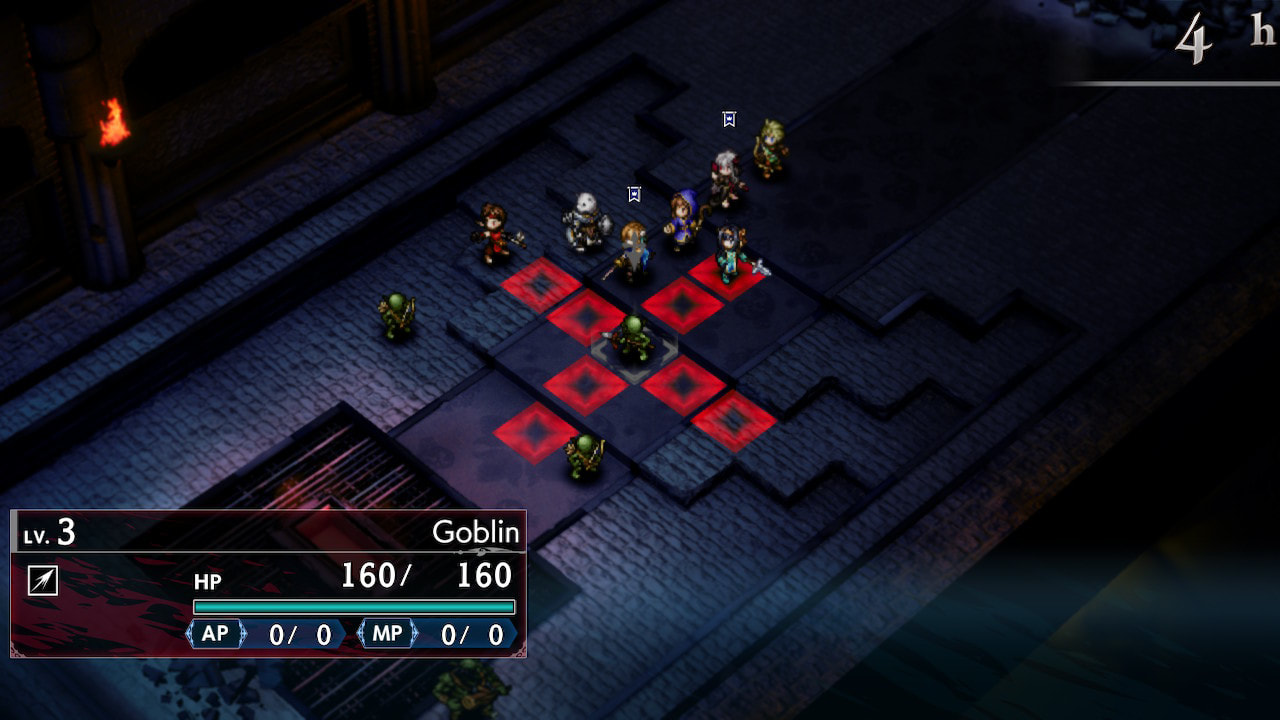
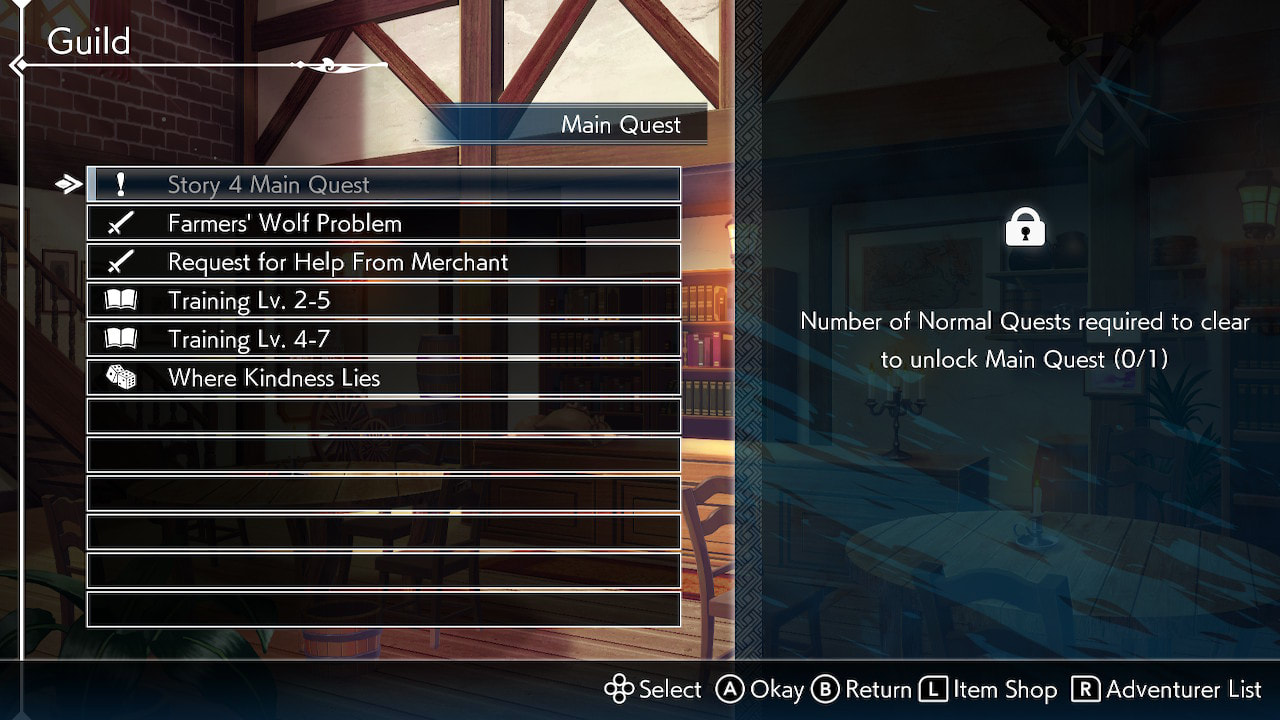

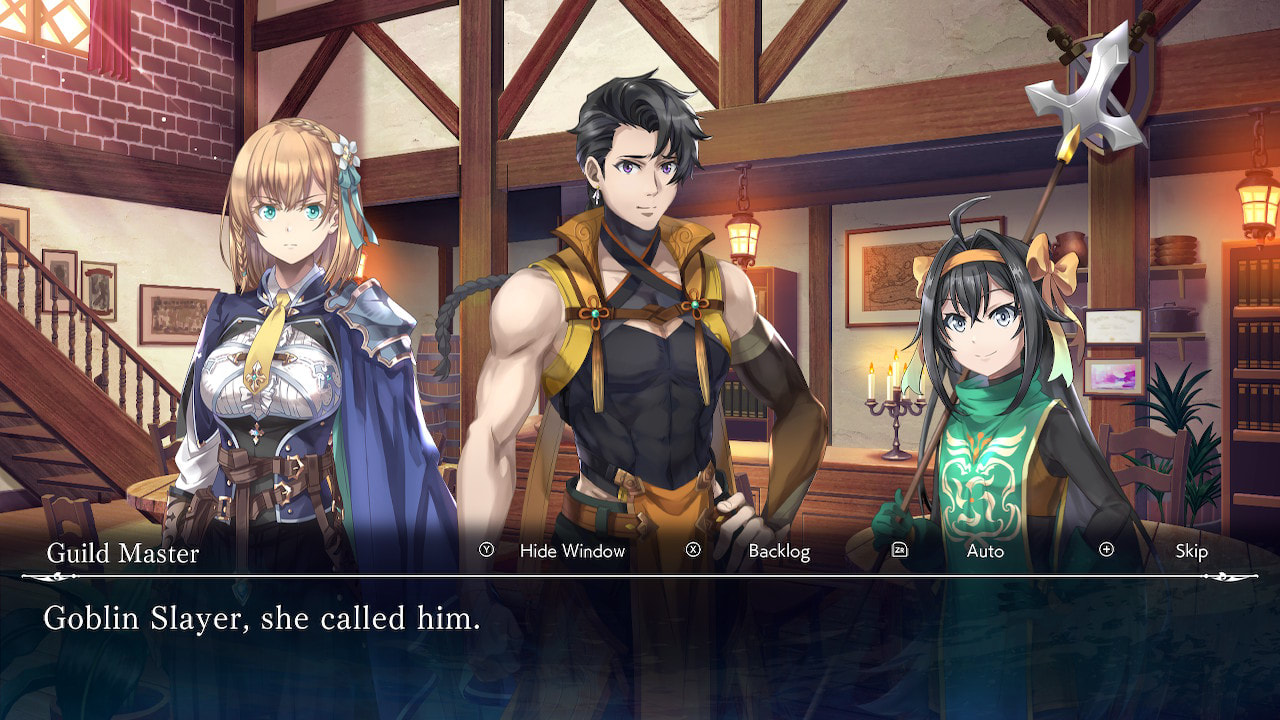
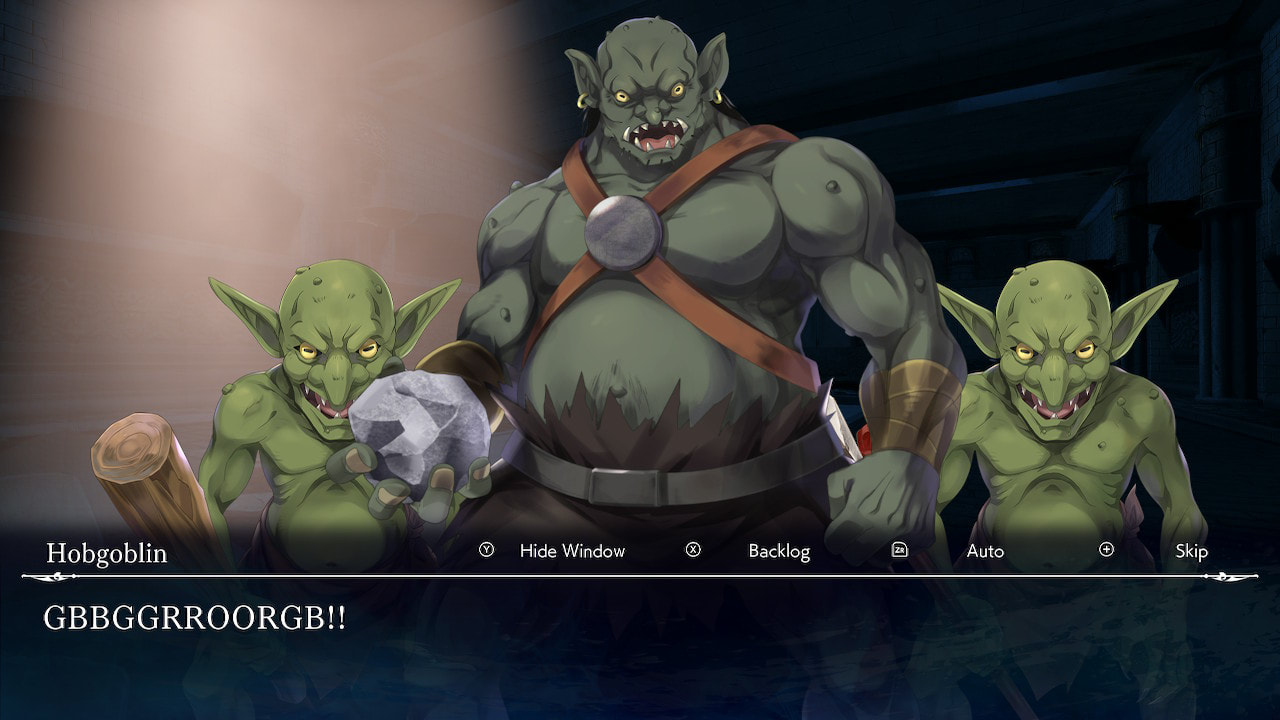
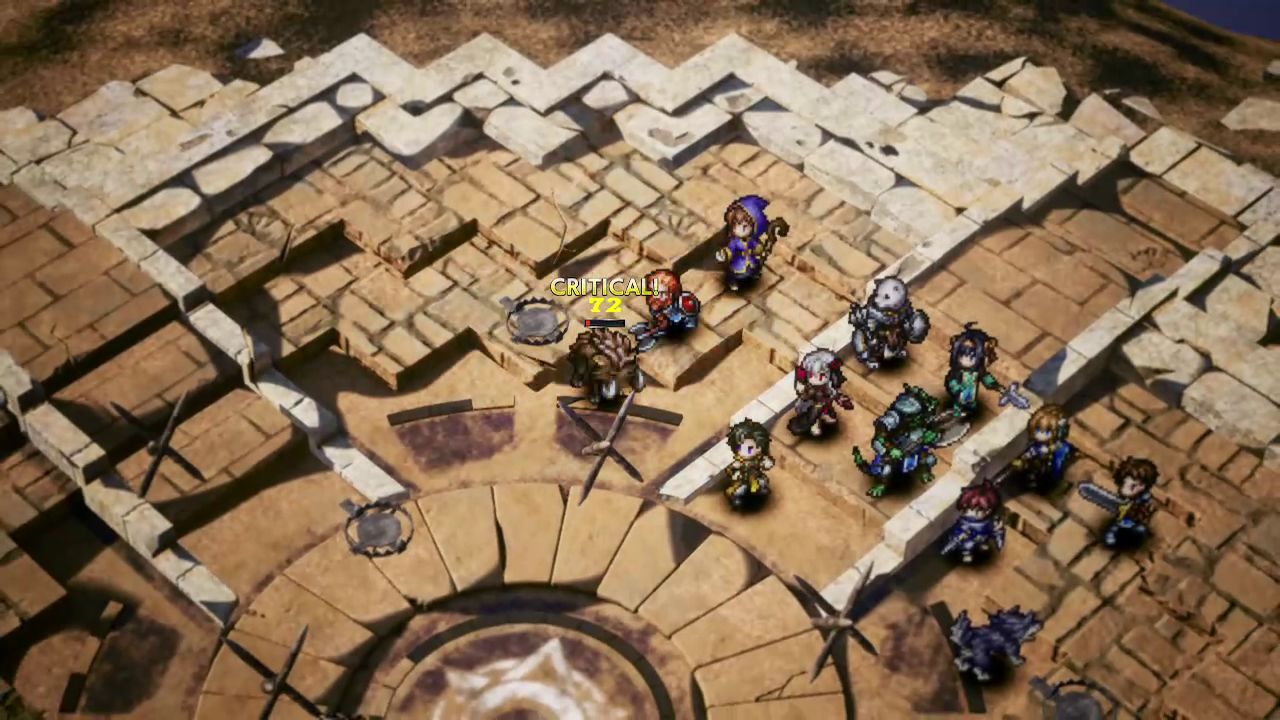
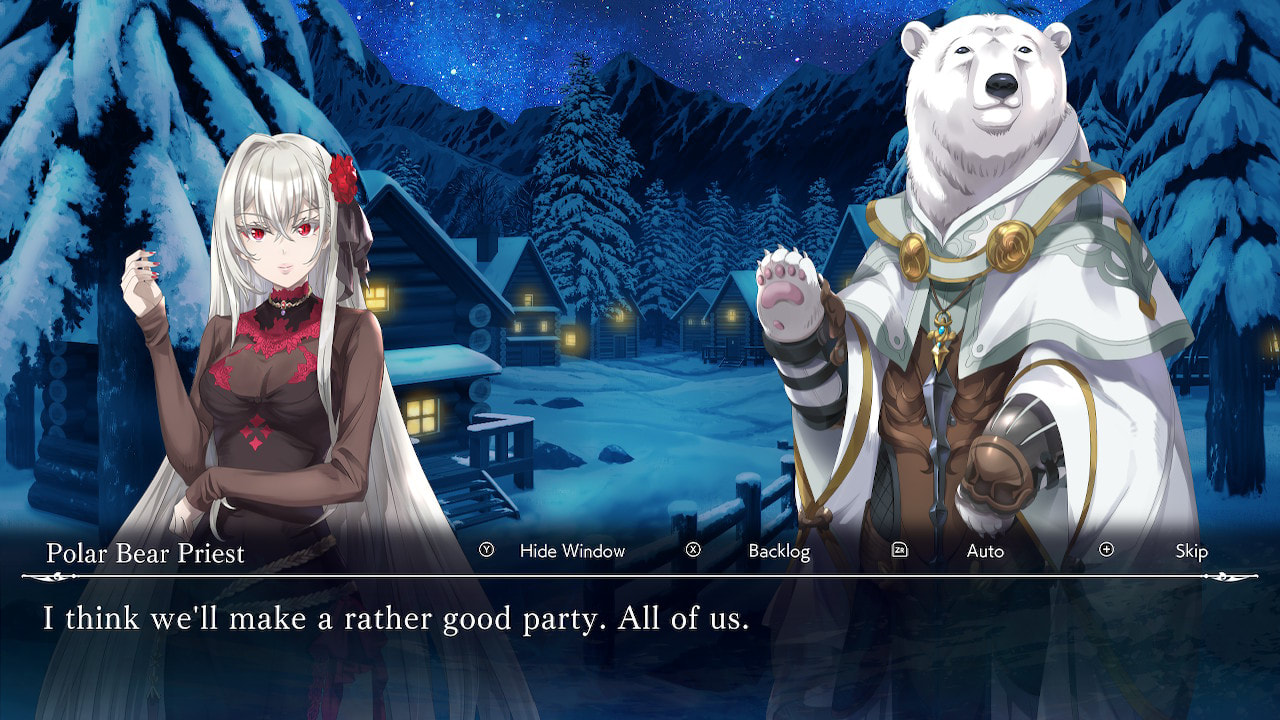
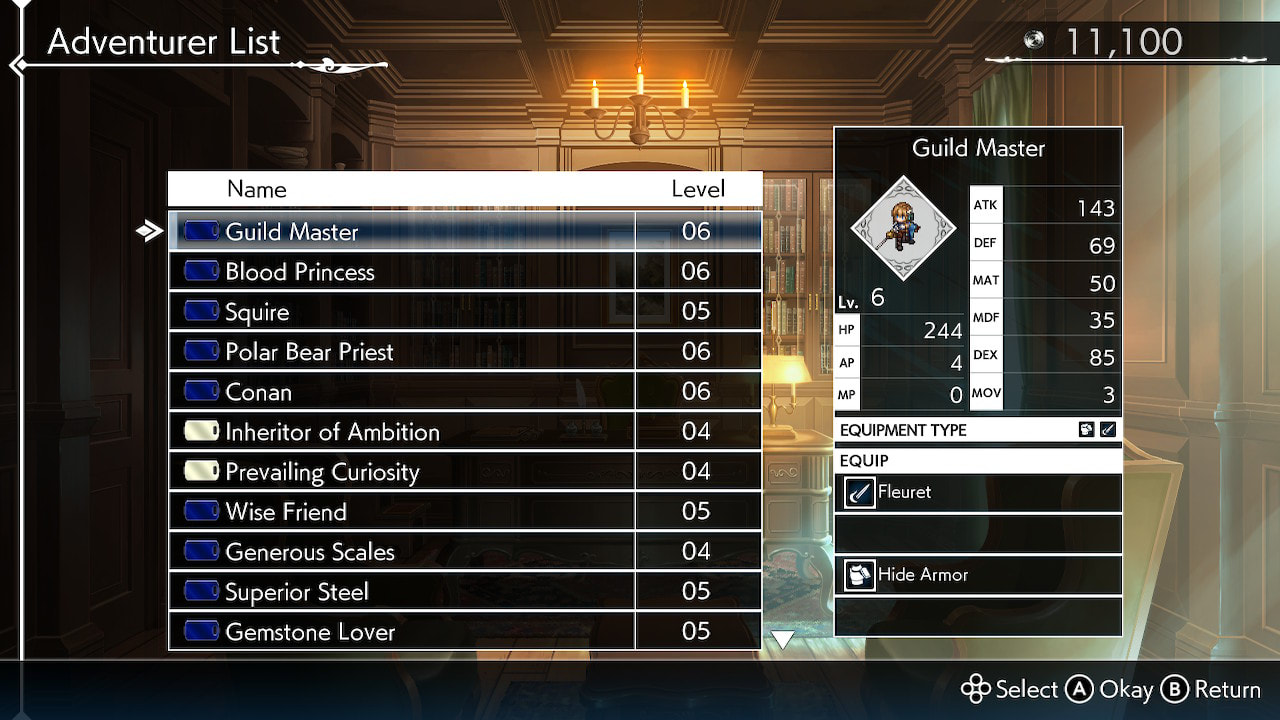
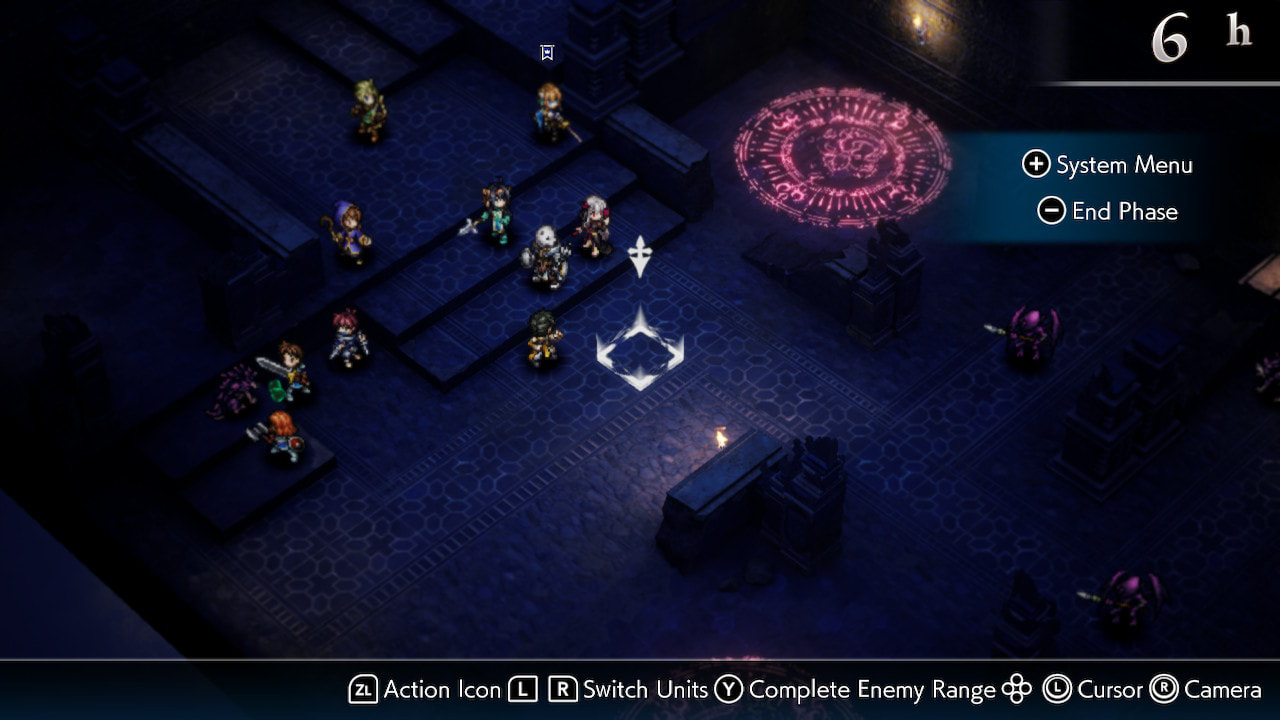
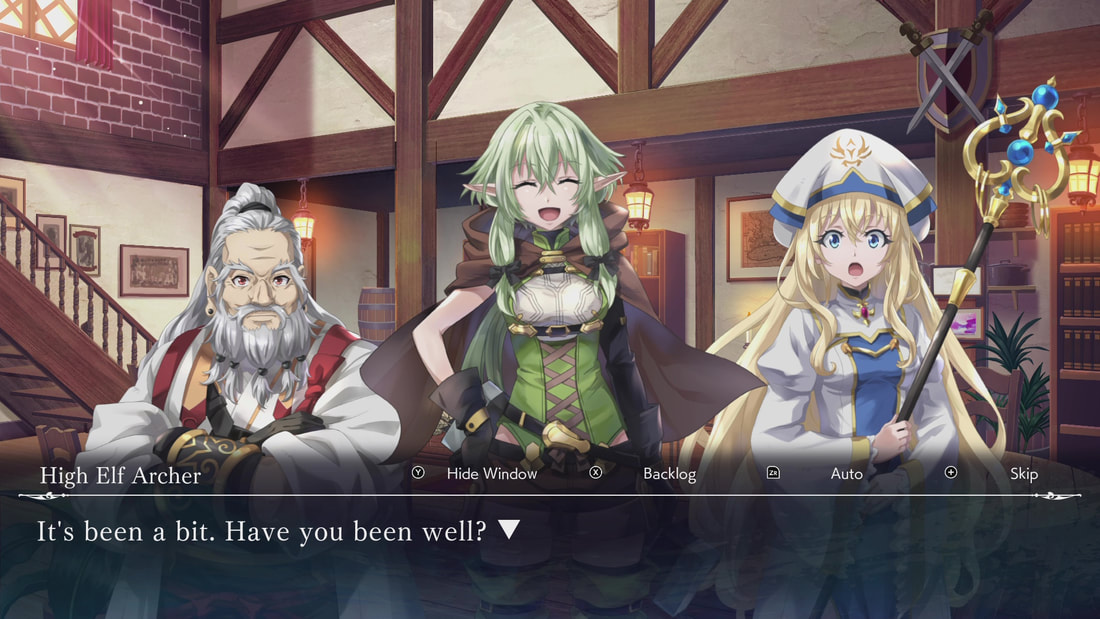
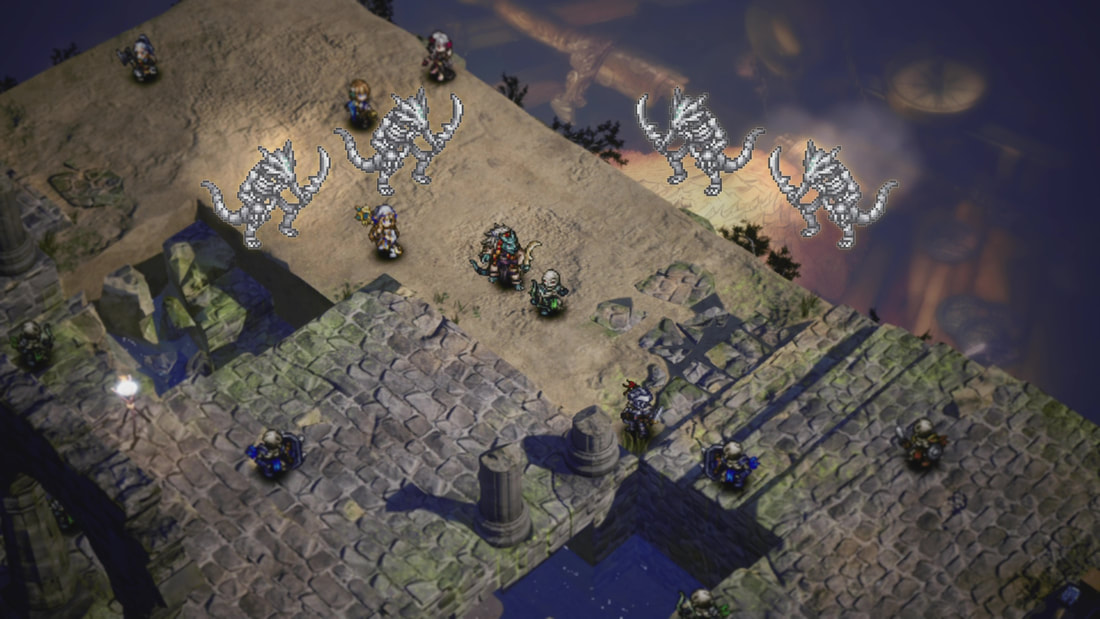

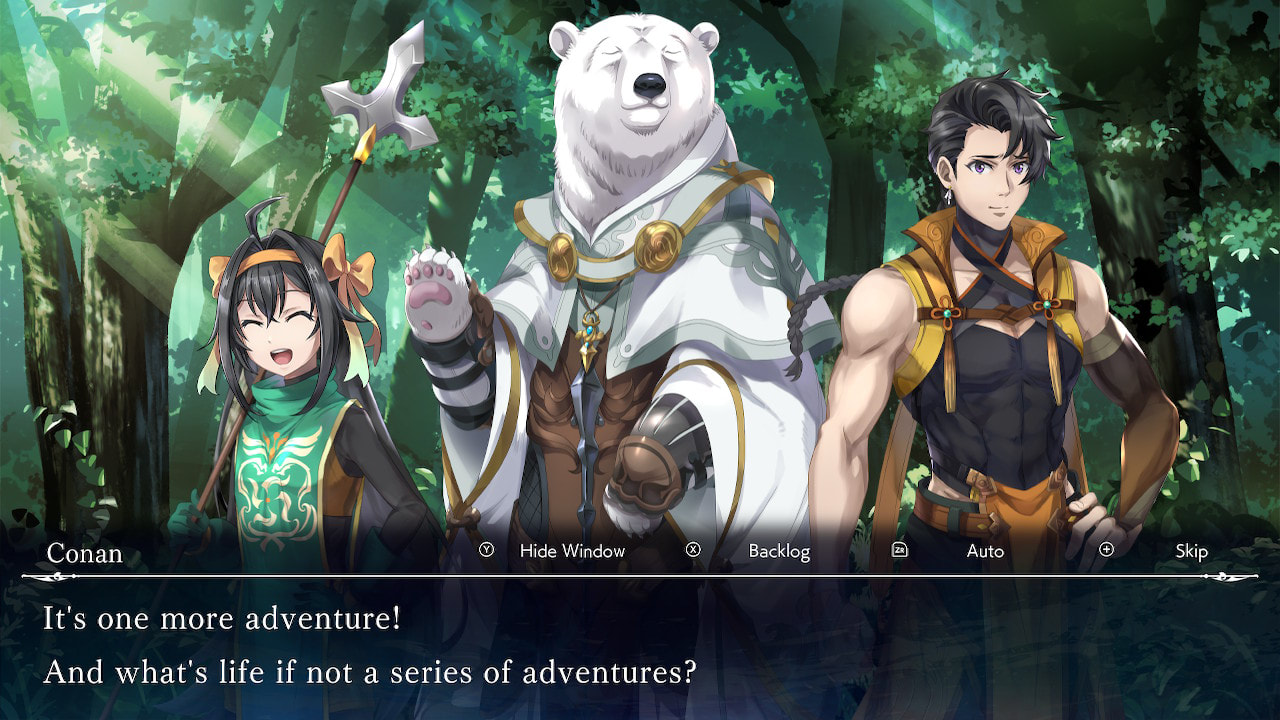

 RSS Feed
RSS Feed